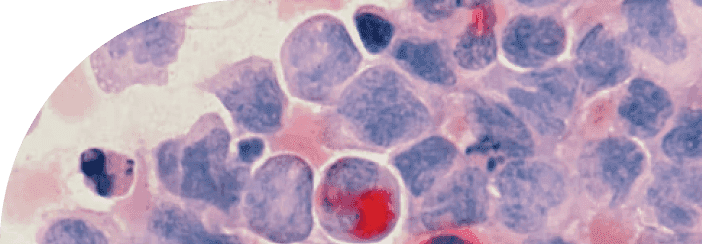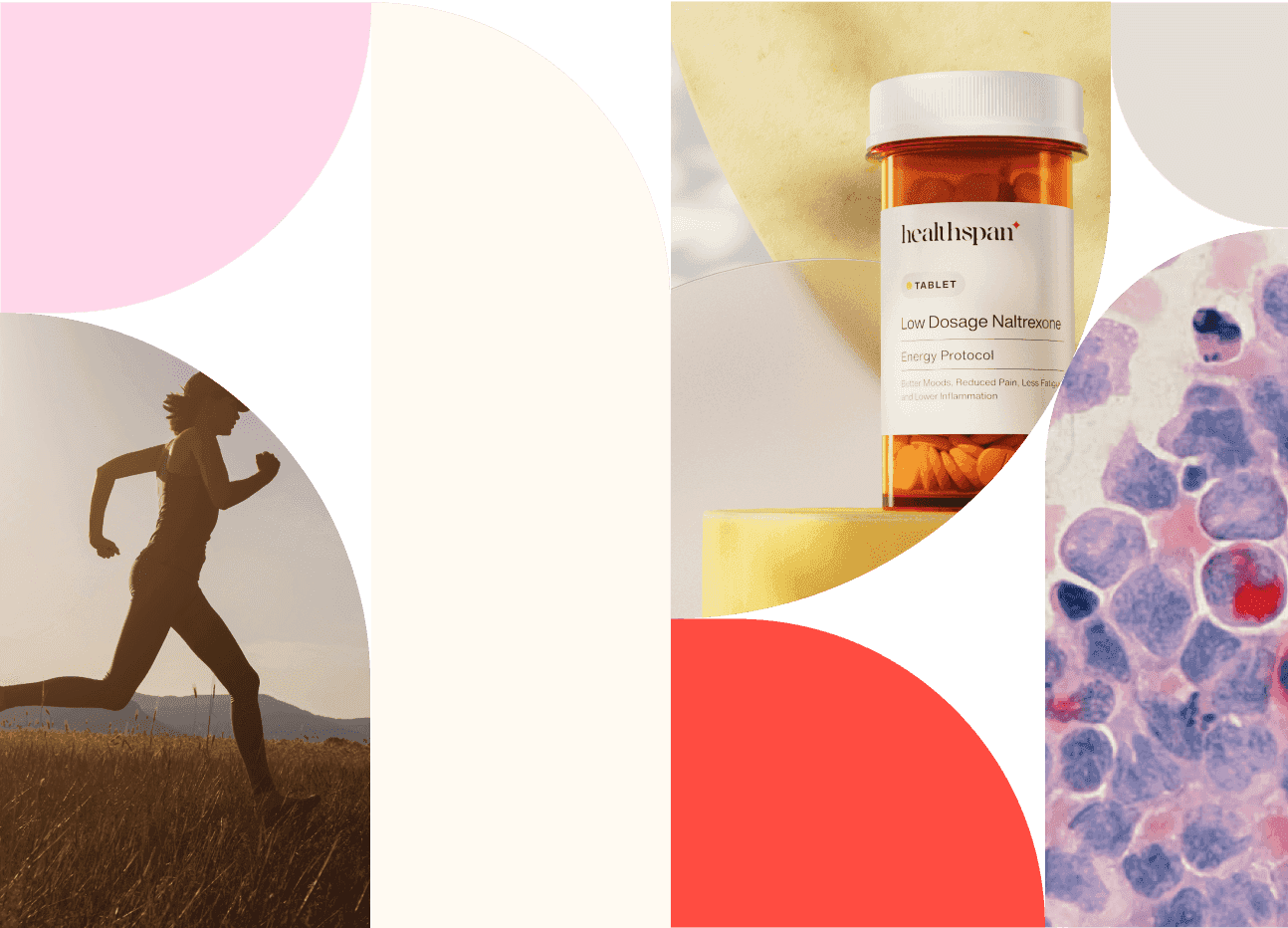.png?u=https%3A%2F%2Fimages.ctfassets.net%2Fzvzqa1d1gh0f%2F2ocEeNZWxNw4NEJHAI1rCQ%2F11861c8e56009a2a1992bcb8f3a090b6%2FMB_Transparent_1x1__1_.png&a=w%3D55%26h%3D55%26fm%3Dpng%26q%3D75&cd=2025-03-04T19%3A53%3A00.208Z)
Methylene Blue Protocol
Methylene Blue supports mitochondrial energy, reduces oxidative stress, and enhances mood and cognition by optimizing cellular energy production pathways.
In this article, Dr. Richard LaFountain answers a Healthspan patient question regarding the dosing protocol for methylene blue in the context of depression treatment. Drawing on clinical trials and mechanistic research, Dr. LaFountain explains why low-dose methylene blue may offer therapeutic benefits for mood disorders such as depression and bipolar disorder, while minimizing side effects. The discussion highlights the hormetic nature of methylene blue, its modulation of neurotransmitter systems, and Healthspan’s conservative, evidence-based dosing approach.
3 mins
By: Dr. Richard LaFountain
Methylene blue (MB) has been gaining attention for its wide range of potential benefits—from mitochondrial support to neuroprotection and even mood enhancement. One of the most common questions we receive from patients is about dosage, particularly when MB is used to support mental health, such as depression or anxiety.
Let’s explore what the research says about MB dosing for depression, and how Healthspan clinicians think about safe and effective use based on the latest evidence.
Methylene blue (MB) is considered safe from 0.5-4.0mg/kg body weight [1]. MB works on a hormetic principle, meaning its benefits follow a U-shaped curve, where low doses can enhance health while higher doses may diminish or even reverse those effects. Recent interest and focus on methylene blue is exciting as it is likely to advance our understanding of this agent for many health and longevity applications in humans. There are some specific data with regard to cognitive function, mental health, depression, and bipolar disorder.
For healthy individuals in pursuit of longevity benefits we encourage a conservative, gradual dosing approach beginning at 5mg 5 out of 7 days per week. There is some research that suggests lower dose ranges might be advantageous for clinical conditions. In a 6-month crossover trial, published in 2017, participants with bipolar disorder the authors concluded “Methylene blue used as an adjunct to medication improved residual symptoms of depression and anxiety in patients with bipolar disorder” [2].
Interestingly, this trial tested 195mg vs 15mg sub-therapeutic “placebo” and they found some similar effects between the two doses [2]. The lower dose MB was provided 3x daily in 5mg capsules. The higher treatment dose outperformed the 15mg dose in some cases, but the 195mg dose was associated with a higher rate of reported mild side effects. This study concluded that, as an adjuvant, MB improved residual symptoms of depression in patients with bipolar disorder, and produced a significant reduction in symptoms of anxiety [2]. The 2017 data supports earlier research from 1986 in which 15mg/day was compared with 300mg/day MB 2-year study. Again, the 15mg dose was shown to have similar effects and less inpatient admissions for care [3]. A follow up study the next year by the same research team in 1987 concluded that 15 mg/day MB is indeed an effective antidepressant in severely depressed patients [4]. These unexpected findings suggest that 15 mg/kg MB may indeed have been therapeutically effective despite originally being categorized as a sub-therapeutic “placebo” [2,3,4].
Preclinical and clinical trials in humans support the antidepressant-like activity of MB for cognitive challenges such as depression and anxiety [5]. The nitric oxide-cyclic guanosine monophosphate (NO-cGMP) cascade regulates the neurotransmitters serotonin, dopamine, glutamate, and acetylcholine, which may contribute to the pathophysiology of depression [5]. NO production is elevated in depression, emphasizing the importance of the NO-cGMP cascade as a biomarker for depression [6]. MB can induce an antidepressant-like response by directly inhibiting NO synthase and guanylate cyclase [7].
Dose increase with Healthspan is possible up to 25mg 5 out of 7 days per week based upon our understanding of the research literature. This is something that the clinical team would help individuals navigate based on their specific goals and a more complete understanding of other lifestyle habits or agents involved in their longevity pursuit. As always, in an effort to provide guidance that is safe and effective while mitigating risk, we have concluded that lower-dose methylene blue may be the best way to optimize for benefits and minimize for risks.
Citations
Latest Longevity Research Straight to your Inbox
Sign up for The Longevity Blueprint, a weekly newsletter from Healthspan analyzing the latest longevity research.
Sign up for The Longevity Blueprint, a weekly newsletter from Healthspan analyzing the latest longevity research.





